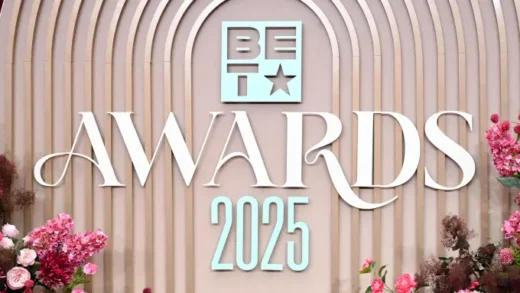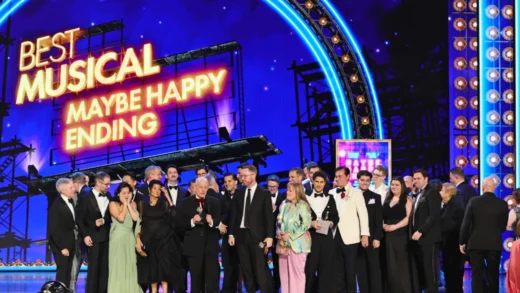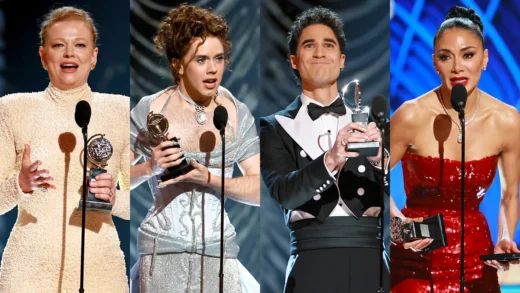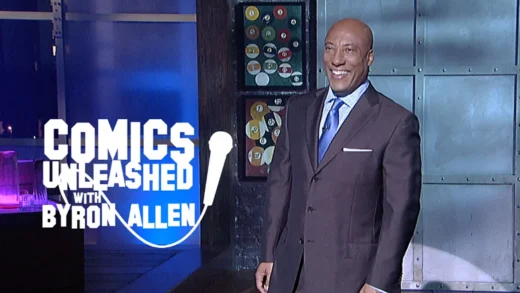With much of the discussion around the movie version of Ready Player One surrounding its source material or use of iconography and characters from other movies and genre franchises, one thing may be being overlooked: That the movie continues the war between the two sci-fi Steven Spielbergs.
Spielberg’s history as a science fiction director goes back to 1977’s Close Encounters of the Third Kind, which offered a thoughtful, contemporary take on alien invasion tropes that placed it firmly inside not only firmly inside Spielberg’s catalog — the movie is visually and thematically consistent with his output to that time, and for some years after — but on the edge of movie sci-fi.
Close Encounters was recognizable as a science fiction film, but resisted the bombastic tropes the genre had amassed to that point. (That it came out in the same year as Star Wars, which celebrated and embraced those tropes, and almost formalized them as must-haves, is an enjoyable irony of cinema considering Spielberg and George Lucas’ later collaborations.)
His next entry into the genre, however, was 1982’s E.T. the Extra-Terrestrial, which in many ways feels like the anti-Close Encounters, even though it echoes the earlier movie in many ways. (The climax of both is the arrival of an alien spaceship, which departs with one of the movie’s central characters.)
E.T. was Close Encounters, but replayed as something less dangerous and unsettling; a cosier, more family-friendly and unthreatening and better placed to fill theaters around the world. That contrast in approaches — from cerebral to heartfelt, perhaps, or artistically curious to crowdpleasing — plays out across Spielberg’s multiple returns to the genre throughout his career.
It’s not a binary conflict, with a project being one thing or another; the two 1990s Jurassic Park movies have elements of technical innovation and intellectual questioning amongst the sentiment and scares that dominate the movie, just as Minority Report works as both multiplex friendly action procedural and commentary on the dangers of blind trust in technology and/or authority figures.
In each of these cases, though — and even moreso in 2001’s A.I.: Artifical Intellgence and 2005’s War of the Worlds, both of which are less nuanced than their cinematic brethren — there’s a dominant thread, making it easy to place movies on one side of the equation or the other: The Jurassic movies and War of the Worlds are crowdpleasers, A.I. and Minority Report are harder, more think-heavy, sci-fi.
So where does Ready Player One fall in this back-and-forth? It’s tempting to place it into the audience-friendly bucket, if only for the way in which it’s been marketed and the obvious action movie focus of it all. But there’s something — if somewhat under-developed — of his thinkpiece approach on display again, and a sense of humor and self-awareness that curbs some of the book’s worse impulses in translation.
The self-aware humor in Ready Player One, in particular, feels like an argument that there’s more to the movie than simply thrilling the audiences; it adds to the impression that the movie is an impressively curated experience, and one that’s arguably smarter than it appears on first glance. The question, really, is whether that effort is put towards a worthwhile goal, never mind a successful one.
(Excerpt) Read More in: The Hollywood Reporter




